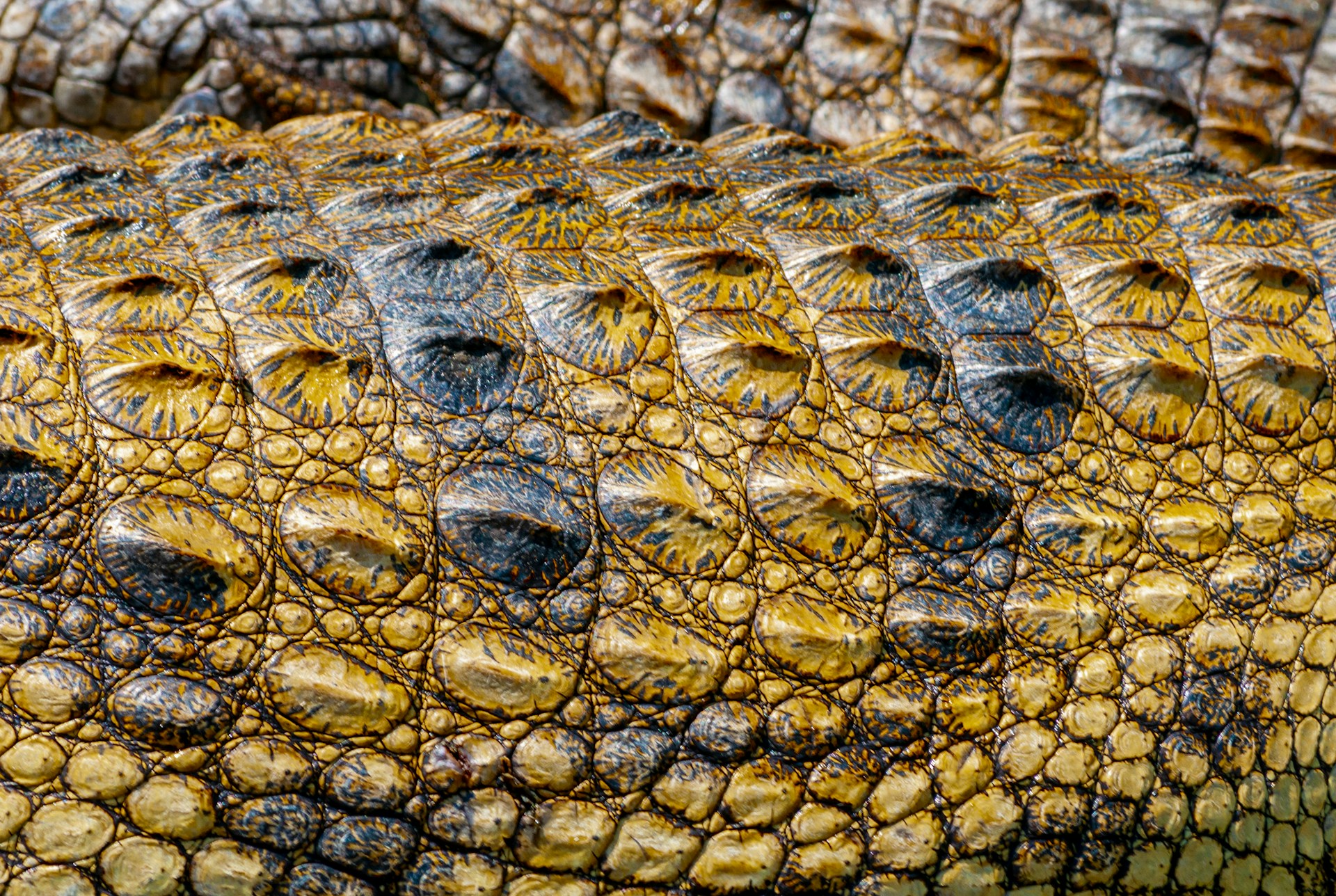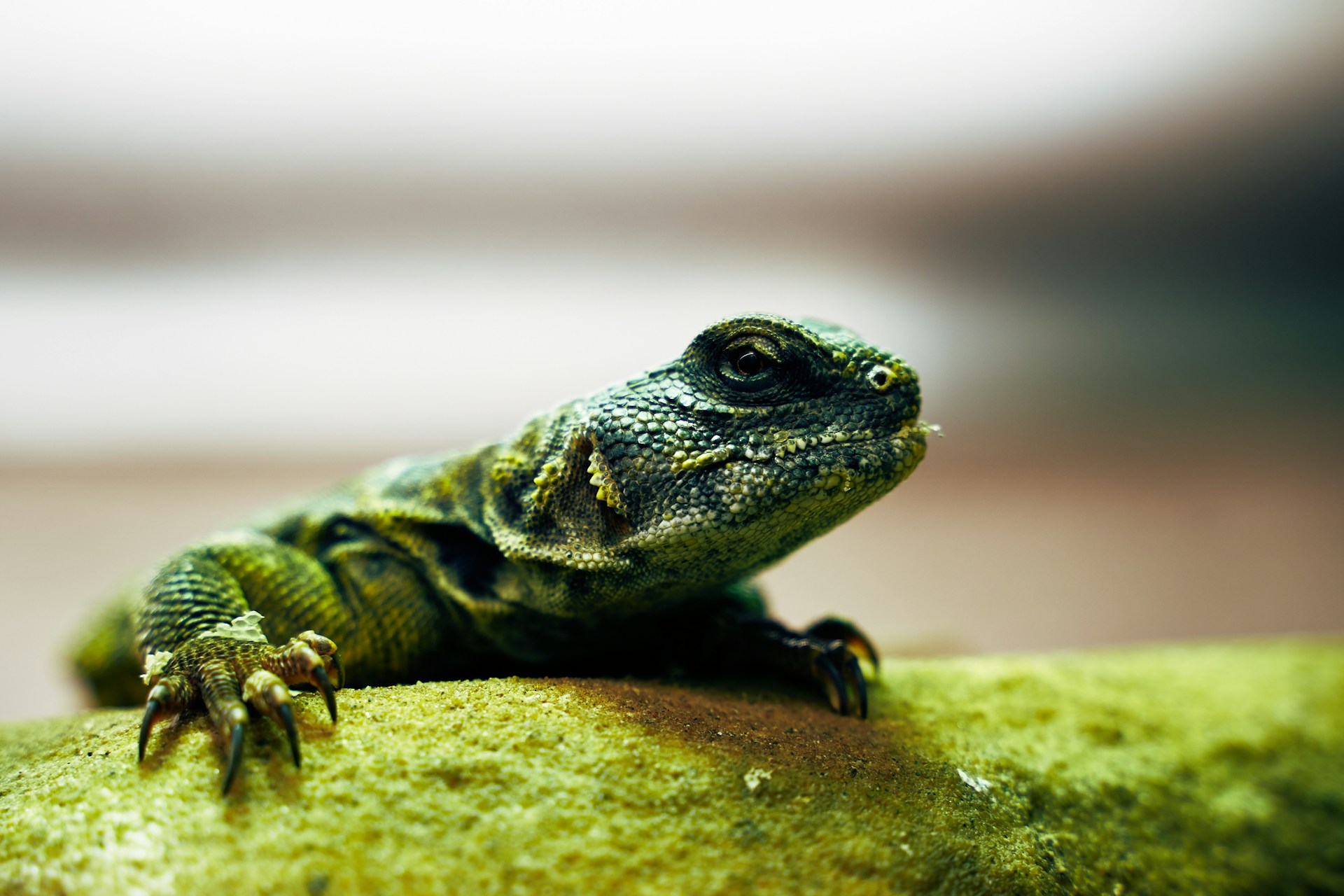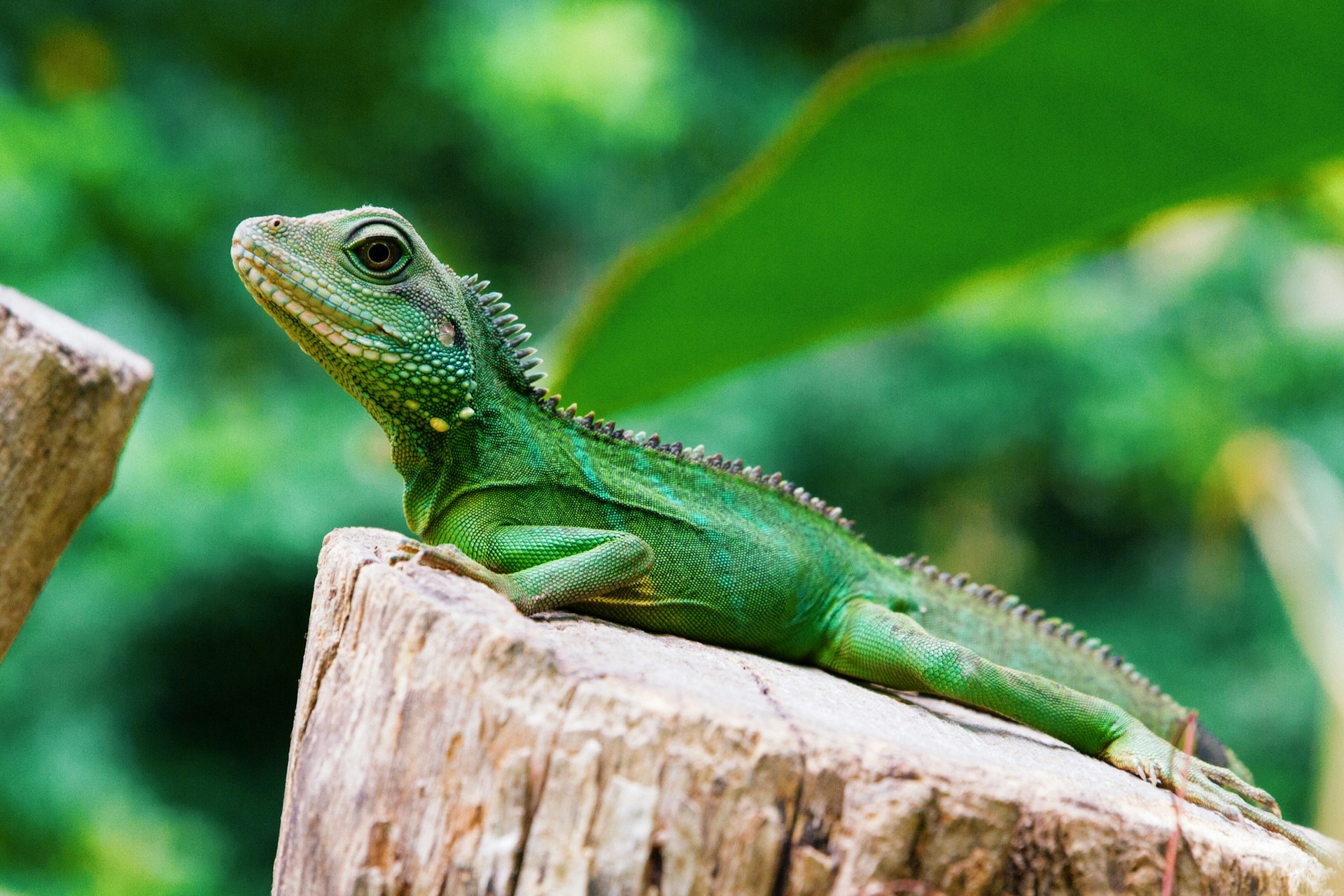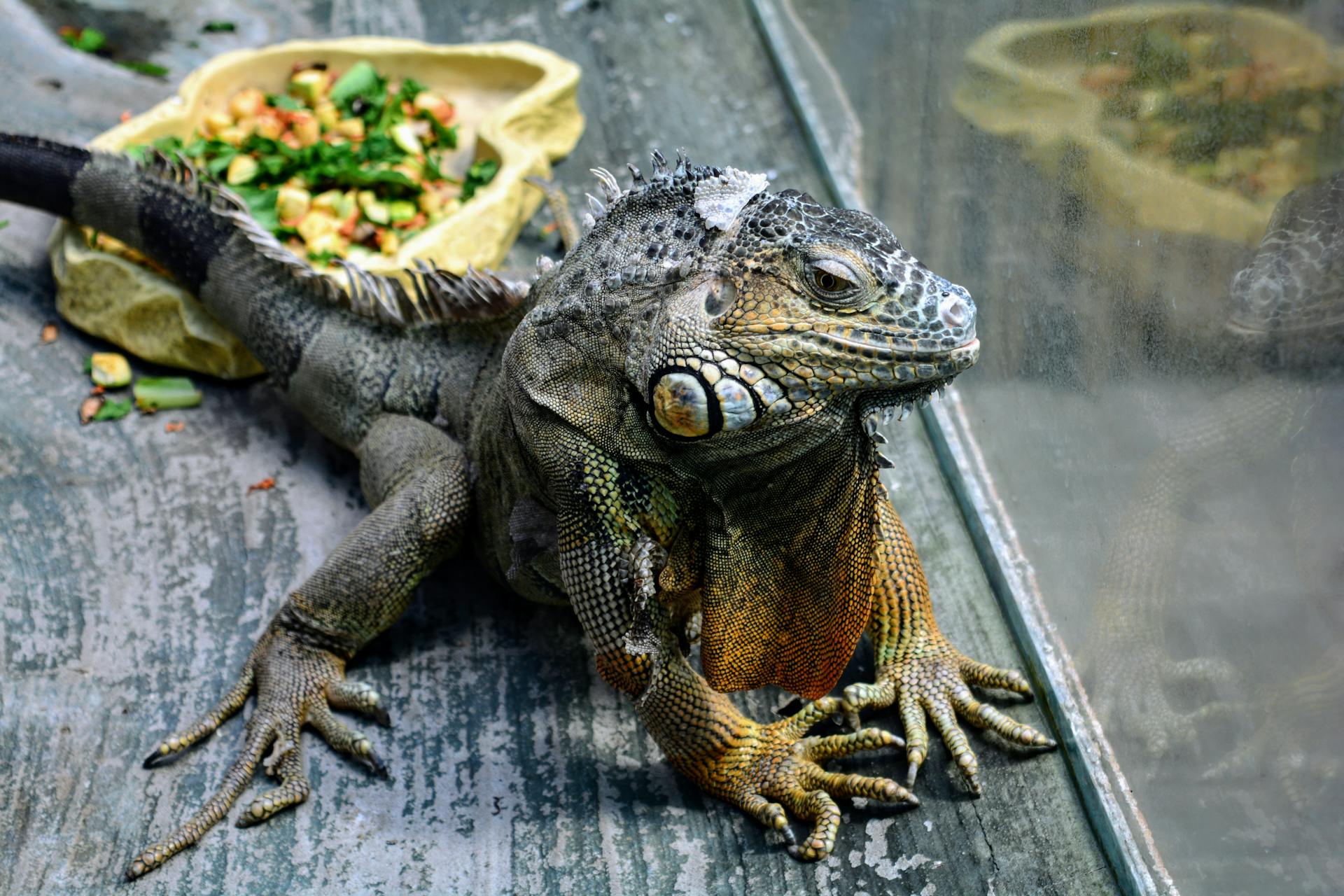The global wildlife trade represents one of the most significant threats to biodiversity conservation today, with the reptile skin trade being particularly devastating for numerous species. From luxury handbags to exotic boots, the commercial exploitation of reptile skins continues to drive several iconic species toward extinction. Despite international regulations and growing awareness of conservation issues, the demand for exotic leather products persists, creating complex challenges for wildlife protection efforts worldwide. This article explores the multifaceted impacts of the reptile skin trade, examining why this industry continues to threaten reptile populations despite decades of conservation work.
The Scale of the Global Reptile Skin Trade
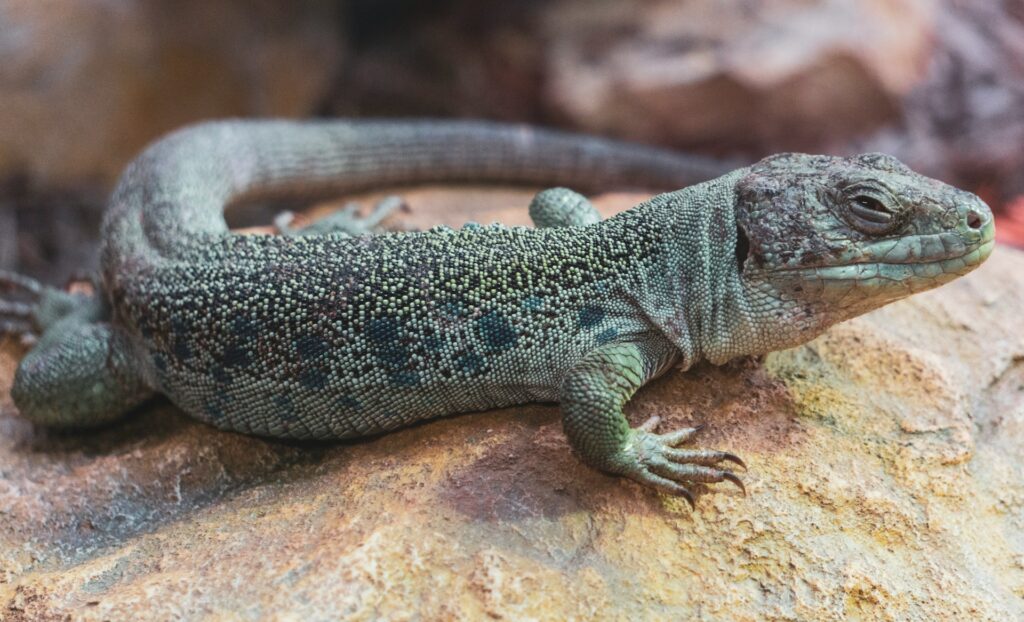
The reptile skin trade represents a multi-billion dollar global industry that harvests millions of individual animals annually. Approximately 20 million reptile skins enter international trade each year, with species like pythons, crocodilians, and monitor lizards being particularly sought after for their distinctive patterns and texture. The industry spans multiple continents, with major exporters in Southeast Asia, Africa, and Latin America supplying markets primarily in Europe, North America, and increasingly in emerging Asian economies. This massive commercial enterprise operates through complex supply chains that often begin with local hunters in biodiversity-rich regions and terminate in high-end fashion boutiques in global capitals, where a single handbag might sell for thousands of dollars.
Historical Context of Reptile Exploitation
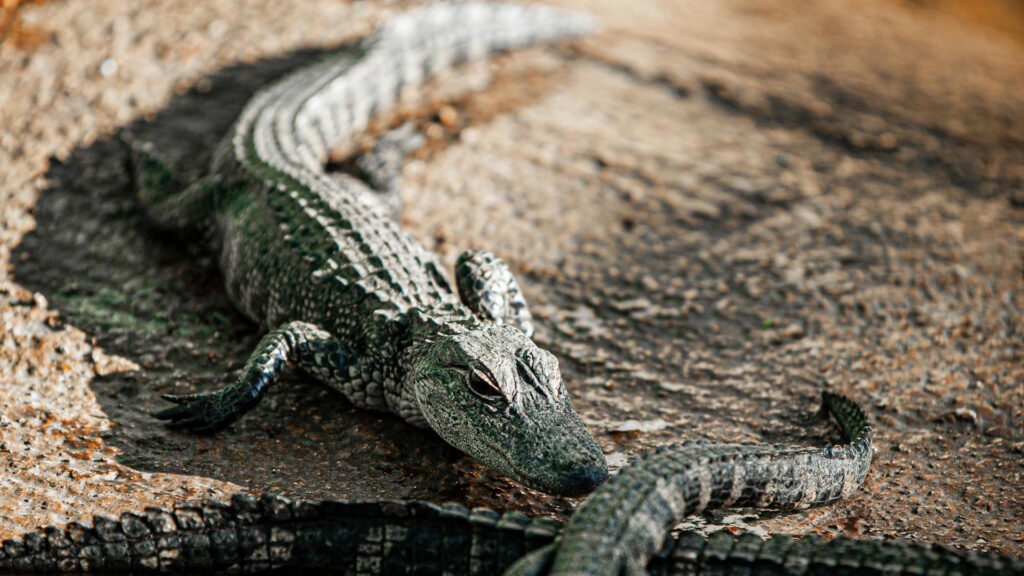
The commercial exploitation of reptile skins dates back centuries, with significant intensification occurring during the colonial era when European powers established trade networks throughout their territories. In the early to mid-20th century, many reptile populations were decimated by unregulated harvesting, with species like the American alligator and various crocodile species driven to the brink of extinction in many regions. This history of overexploitation led to the development of international conservation frameworks in the latter half of the 20th century, most notably the Convention on International Trade in Endangered Species of Wild Fauna and Flora (CITES) in 1975. Despite these regulatory advances, the fundamental economic drivers of the trade have remained largely unchanged, with reptile skins still commanding premium prices in luxury markets and providing significant income to rural communities in developing regions.
Most Vulnerable Species in the Skin Trade
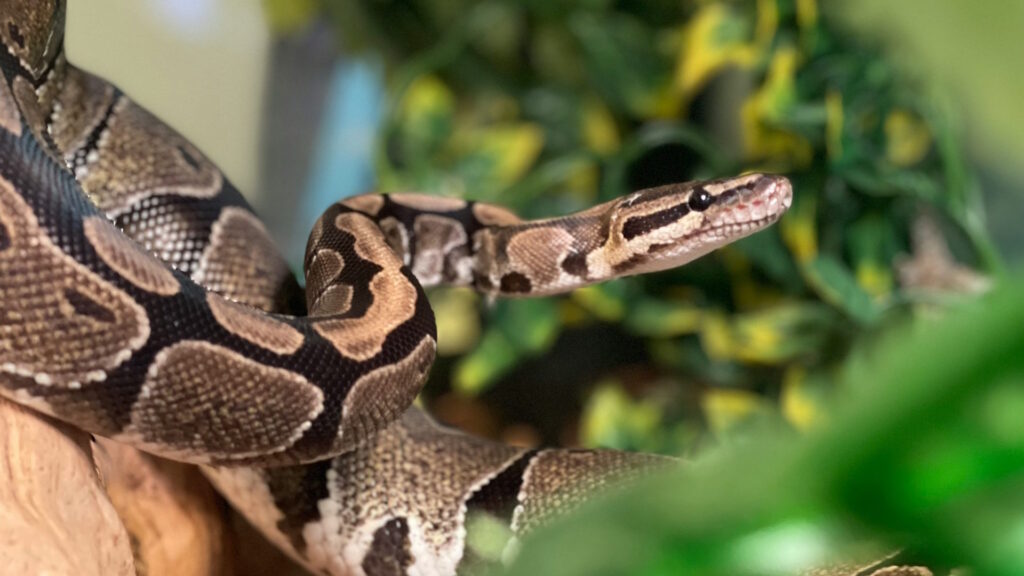
While dozens of reptile species are exploited for their skins, certain groups face particularly intense pressure. Pythons, especially reticulated pythons (Python reticulatus) and Burmese pythons (Python bivittatus), are harvested in enormous numbers throughout Southeast Asia, with Indonesia alone legally exporting hundreds of thousands of skins annually. Crocodilians, including the Nile crocodile (Crocodylus niloticus) and saltwater crocodile (Crocodylus porosus), have historically been severely impacted, though some populations have rebounded under management programs. Among lizards, monitor species like the water monitor (Varanus salvator) are heavily exploited, with their distinctive patterned skin used for watch straps and accessories. Perhaps most concerning are little-known species with restricted ranges, like the critically endangered Philippine crocodile (Crocodylus mindorensis) or the Borneo earless monitor (Lanthanotus borneensis), which can be rapidly pushed toward extinction by even relatively small-scale collection for specialty leather markets.
The Luxury Fashion Industry’s Role
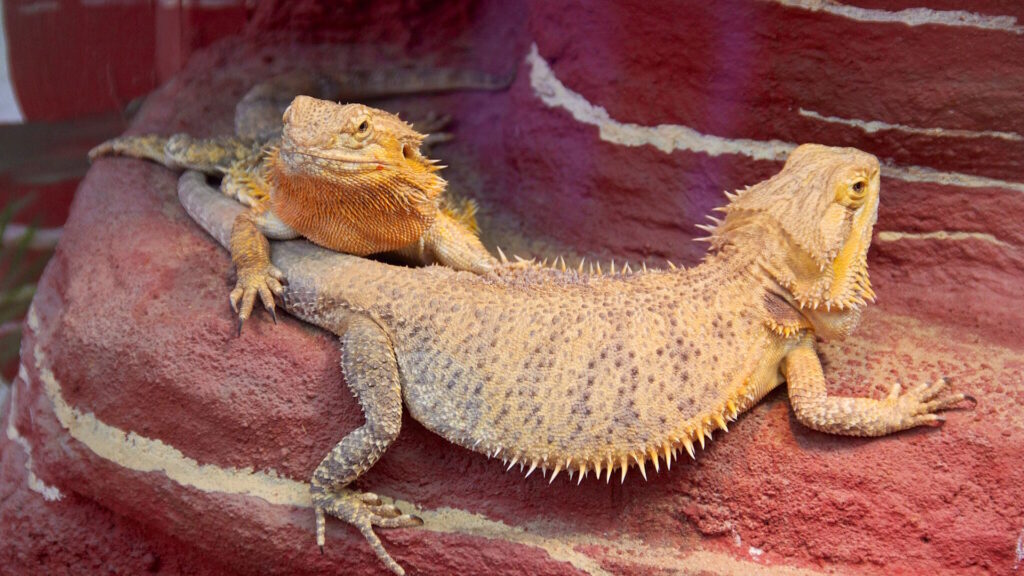
The high-end fashion industry remains the primary driver of demand for exotic reptile skins, with major European luxury houses historically being the largest consumers of these materials. A single designer handbag made from python or crocodile skin can retail for $20,000 to $50,000, creating enormous profit incentives throughout the supply chain. While some fashion brands have recently announced policies against using exotic skins, citing ethical concerns, others maintain that their sourcing practices support conservation through sustainable use principles. The industry’s marketing has traditionally glamorized exotic skin products as status symbols, though this messaging has become more complex as consumer awareness of animal welfare and conservation issues has increased. The extremely high profit margins in this sector mean that even with reduced overall demand, the economic incentives for poaching and illegal trade remain substantial.
Legal vs. Illegal Trade Dynamics
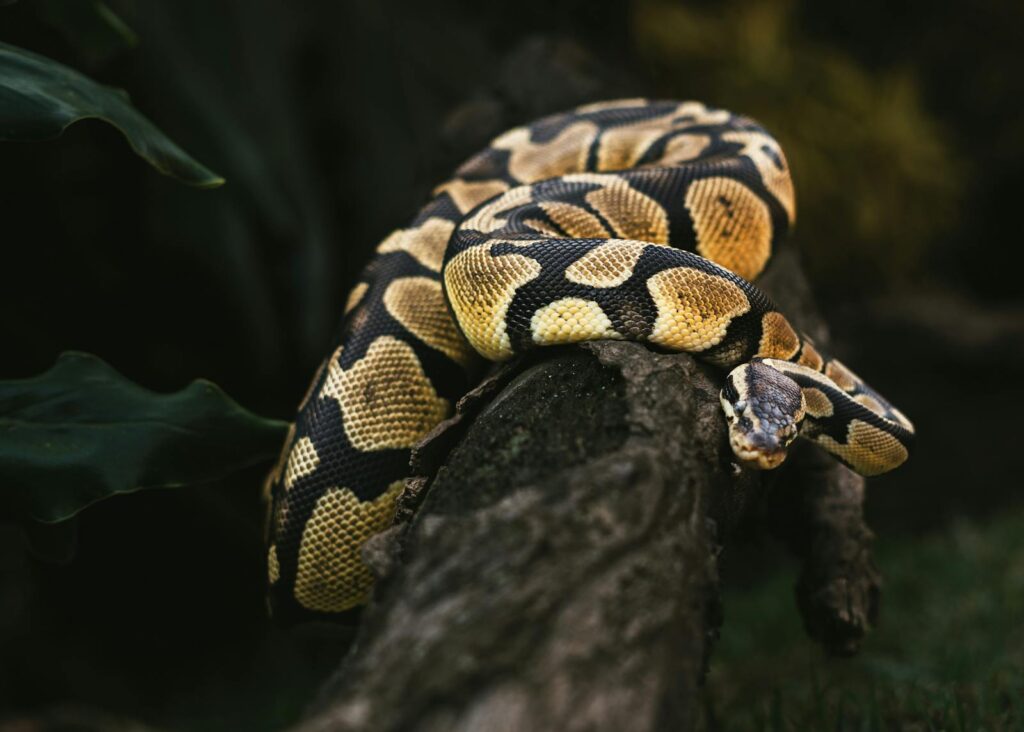
The reptile skin industry operates through both legal and illegal channels, with significant overlap between these worlds creating major enforcement challenges. CITES regulates international trade through a permit system, with Appendix I species generally prohibited from commercial trade and Appendix II species requiring export permits certifying sustainability. However, laundering illegal skins into legal supply chains is relatively straightforward through falsified permits, misidentification of species, or smuggling across borders with weak enforcement. A python illegally captured in a protected area can easily enter legal channels if transported to a facility with legitimate permits. Corruption often facilitates this process, with bribes paid to officials to obtain paperwork for illegally sourced specimens. This gray area between legal and illegal trade undermines conservation efforts and creates significant challenges for regulators attempting to ensure sustainability.
Ecological Impacts Beyond Population Declines

The ecological consequences of the reptile skin trade extend far beyond simple reductions in target species populations. Many reptiles targeted for their skins serve crucial ecological functions as predators, prey, or ecosystem engineers. Pythons and crocodilians often function as apex predators, helping regulate populations of smaller animals and maintaining ecosystem balance. The removal of these keystone species can trigger trophic cascades with far-reaching consequences for ecological communities. Additionally, the selective harvesting of the largest individuals (which typically have the most commercially valuable skins) can drive evolutionary changes in the remaining populations, potentially leading to reduced body size and altered reproductive strategies. The collection methods employed in the skin trade, such as burning habitat to flush out monitor lizards or draining wetlands to capture crocodiles, can also cause significant collateral damage to non-target species and habitats.
Conservation Status and Population Assessments

Accurately assessing the conservation impact of the skin trade on wild reptile populations presents significant challenges for researchers and wildlife managers. Many heavily exploited species lack robust population data, making it difficult to determine sustainable harvest levels or evaluate the effectiveness of management interventions. For instance, despite millions of reticulated pythons being harvested over recent decades, no range-wide population assessment exists for this species. Even for better-studied species like crocodilians, population surveys are often incomplete or conducted irregularly. This data deficiency enables continued exploitation under claims of sustainability that cannot be properly verified. When comprehensive studies are conducted, they frequently reveal alarming trends, as in the case of Southeast Asian pythons, where research has documented significant population declines and reductions in average body size in heavily harvested areas, indicating overexploitation despite legal trade frameworks supposedly ensuring sustainability.
Socioeconomic Factors Driving Participation in the Trade
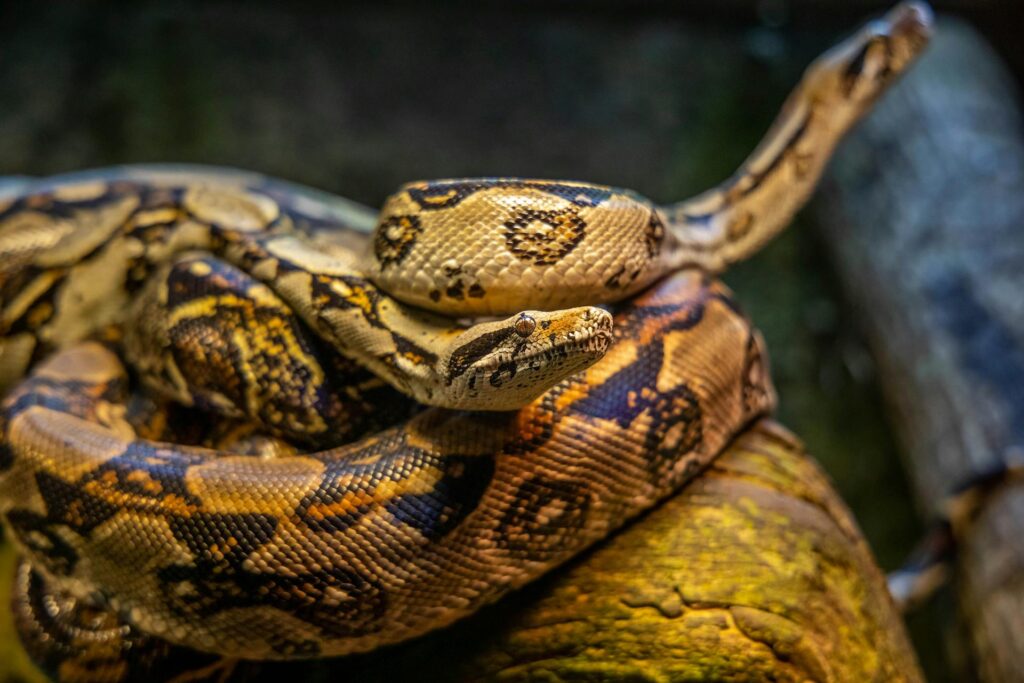
Understanding the reptile skin trade requires acknowledging the complex socioeconomic realities that drive participation at the source level. For many rural communities in biodiversity-rich regions, reptile harvesting represents one of few available income sources in areas with limited economic opportunities. A single large python or crocodile can yield income equivalent to weeks or months of conventional agricultural labor, creating powerful incentives for collection despite legal restrictions. The trade frequently operates through networks of middlemen who connect rural harvesters to international markets, with significant power imbalances that result in hunters receiving only a tiny fraction of the ultimate retail value. Cultural traditions also influence harvesting patterns, with some communities having long histories of reptile utilization that predate commercial markets. These socioeconomic realities mean that purely enforcement-based approaches to conservation often fail without addressing underlying poverty and providing alternative livelihoods.
Ranching and Captive Breeding as Potential Solutions

Sustainable use approaches, including ranching and captive breeding programs, have been promoted as potential solutions to reconcile conservation objectives with continued commercial exploitation of reptile skins. Ranching typically involves collecting eggs or juveniles from the wild and raising them in controlled facilities, theoretically reducing pressure on adult populations while maintaining genetic diversity. Closed-cycle captive breeding eliminates direct wild harvesting but requires significant investment and expertise. Notable success stories include American alligator management programs, which have facilitated remarkable population recoveries while supporting a regulated industry. However, these approaches are not universally applicable or successful across all species and contexts. For species with complex reproductive requirements or slow growth rates, captive production may not be economically viable compared to wild harvesting. Additionally, without robust traceability systems, captive breeding facilities can serve as laundering operations for illegally harvested specimens, potentially increasing rather than reducing pressure on wild populations.
Regulatory Frameworks and Enforcement Challenges
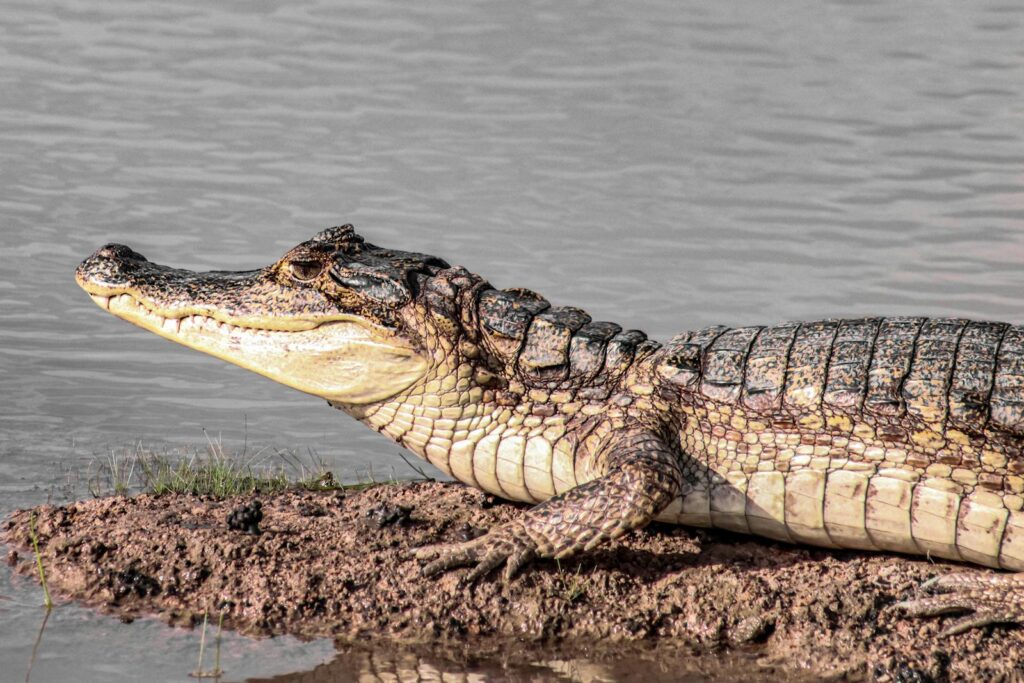
International and national regulatory frameworks struggle to effectively manage the reptile skin trade despite decades of development. CITES provides the primary international governance mechanism, but its implementation faces numerous obstacles, including inadequate funding for enforcement, limited technical capacity in many range states, and challenges in verifying the sustainability of harvests. National-level protections vary dramatically across range states, creating regulatory gaps that traders exploit. Even when strong laws exist on paper, enforcement is frequently hampered by corruption, lack of resources, and low prioritization compared to other wildlife crimes. The transnational nature of the trade creates additional complications, with skins often crossing multiple borders before reaching end markets. Technological solutions like DNA testing and microchipping offer promising tools for improving traceability and reducing laundering, but implementation remains inconsistent and incomplete across the industry.
Changing Consumer Attitudes and Industry Responses
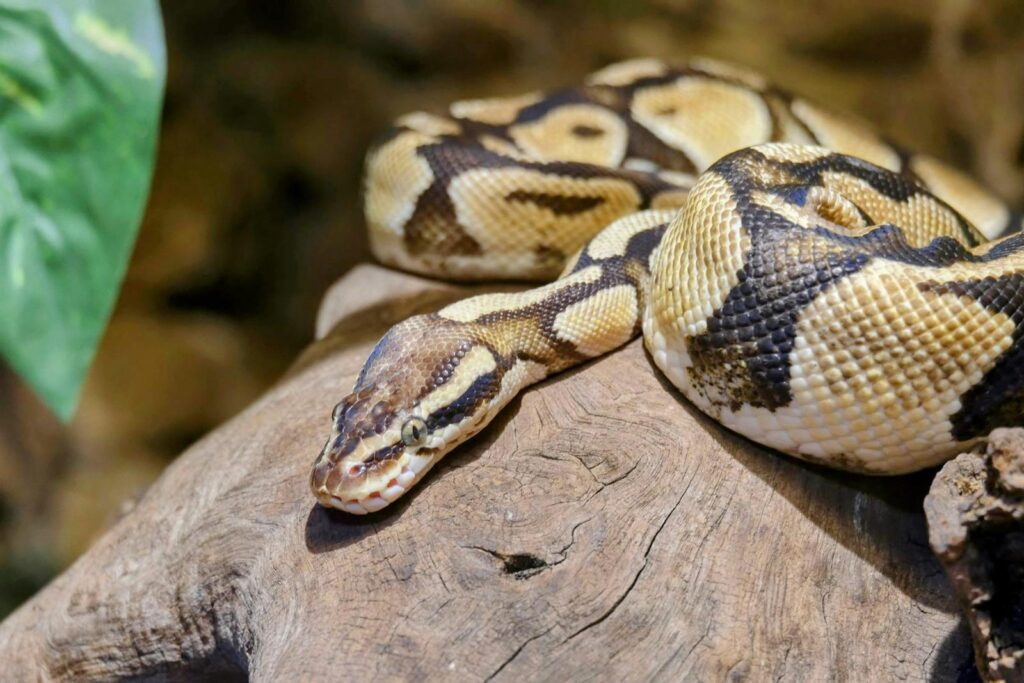
Consumer attitudes toward exotic animal products have evolved significantly in recent years, with growing ethical concerns about wildlife exploitation influencing purchasing decisions. This shift has prompted responses from some segments of the fashion industry, with brands including Chanel, Calvin Klein, and Tommy Hilfiger announcing bans on exotic skins in their product lines. Social media campaigns highlighting the welfare and conservation implications of the reptile skin trade have proven effective in raising awareness among younger consumers in particular. However, other luxury houses continue to defend their use of reptile skins, arguing that properly managed trade supports conservation and rural livelihoods. Industry initiatives like the Python Conservation Partnership and the International Crocodilian Farmers Association have developed voluntary standards aimed at improving sustainability and transparency, though critics question whether self-regulation without independent verification can effectively address conservation concerns. Despite these changing dynamics, demand remains strong in certain markets, particularly in Asia, where awareness of conservation issues may be lower or cultural attitudes toward wildlife products differ.
Case Studies of Success and Failure
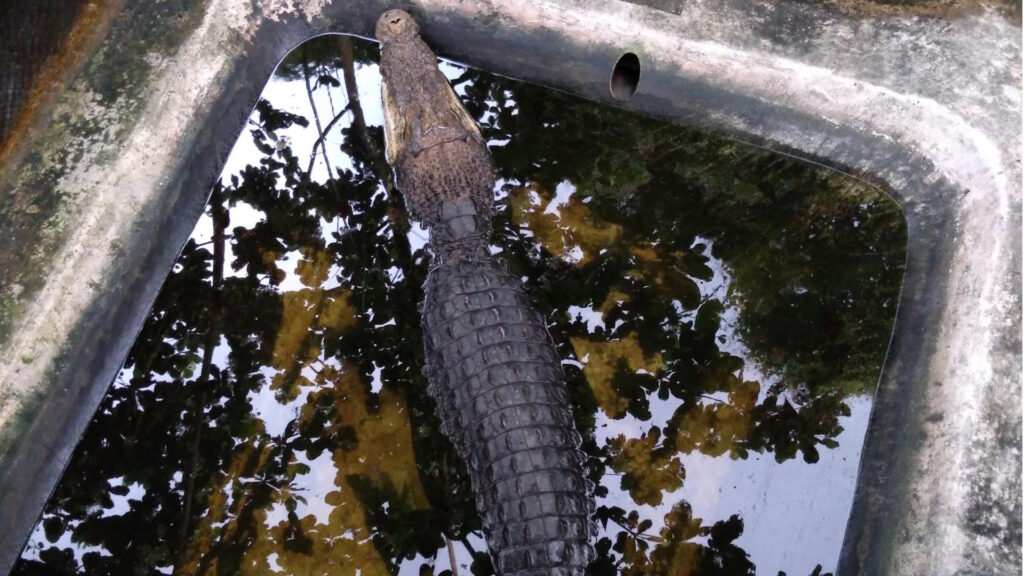
Examining specific conservation interventions reveals important lessons about what works—and what doesn’t—in managing the reptile skin trade. The recovery of the American alligator represents one of the most celebrated conservation success stories, with populations rebounding from near-extinction to support a carefully regulated harvest of approximately 300,000 animals annually. This success resulted from a comprehensive approach combining habitat protection, strict harvest controls, effective enforcement, and economic incentives for landowners to maintain wetlands. In contrast, conservation efforts for pythons in Southeast Asia have struggled to achieve similar results, with inadequate monitoring, weak governance, and high economic incentives for illegal harvesting undermining sustainability goals. The yellow anaconda (Eunectes notaeus) trade in Argentina offers an intermediate example, where community-based management has shown promise but continues to face challenges in implementing truly sustainable harvesting models. These case studies highlight the importance of context-specific approaches that address the particular biological, economic, and cultural factors relevant to each species and region.
Future Outlook and Conservation Priorities
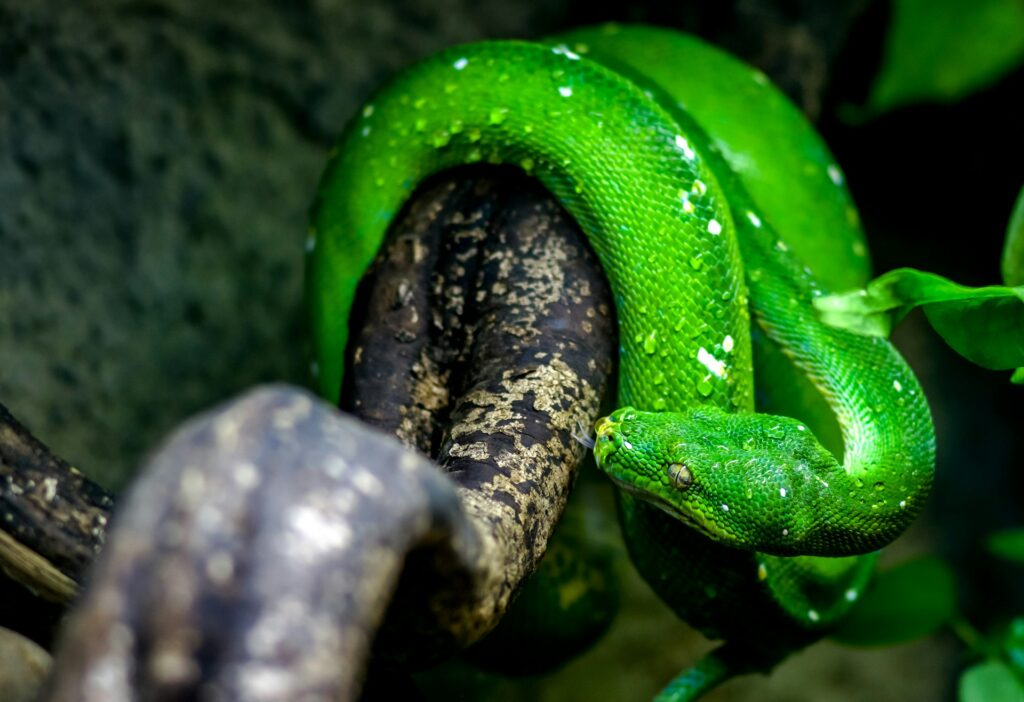
The future of reptile species threatened by the skin trade depends on coordinated action across multiple fronts. Priority interventions include strengthening traceability systems to close laundering loopholes, improving population monitoring to enable evidence-based harvest quotas, and implementing certification schemes that reward responsible producers while penalizing unsustainable practices. Empowering local communities as conservation stakeholders through co-management arrangements and equitable benefit-sharing represents another crucial approach, particularly in regions where traditional enforcement models have proven ineffective. Technological innovations in artificial leather development may eventually reduce demand for genuine reptile skins, though perfect replication of their unique aesthetic qualities remains challenging. Conservation organizations increasingly recognize the need for engagement with industry partners rather than purely oppositional stances, working to reform practices from within while maintaining pressure for meaningful change. Despite these promising developments, the fundamental challenge remains balancing commercial exploitation with population viability in a world where luxury demand continues to place enormous pressure on vulnerable wildlife.
Conclusion
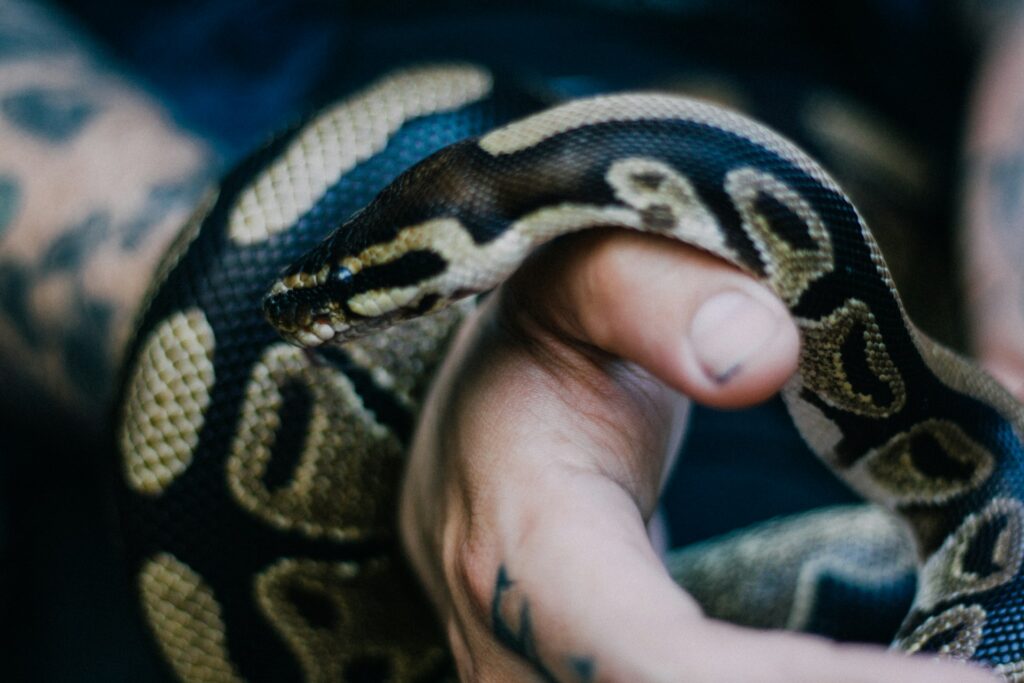
The reptile skin trade continues to threaten numerous species despite decades of conservation efforts, regulatory frameworks, and shifting consumer attitudes. This complex industry operates at the intersection of biodiversity conservation, rural livelihoods, luxury markets, and international trade policy, requiring nuanced approaches that address multiple dimensions simultaneously. While certain management models have demonstrated that sustainable use is possible under specific conditions, many reptile populations remain vulnerable to overexploitation driven by high profit margins and enforcement challenges. Moving forward, effective conservation will require strengthened governance systems, improved monitoring and traceability, greater industry accountability, and increased consumer awareness. Without comprehensive action addressing both supply and demand aspects of this trade, reptiles will continue facing unnecessary extinction threats driven by luxury markets.

